Mark Rothko refused to be associated with any art movement. However, some characteristics of his work closely related to American Abstract ExpressionismThe term Abstract Expressionism is applied to new forms of abstract art developed by American painters such as Mark Rothko, Jackson Pollock, and Willem de Kooning, flourishing between 1943 and the mid-1950s. Since Abstract Expressionism marked the beginning of New York City as the centre of the Western art world, the movement is also known as the New York School. More of his times. Like other New York School artists, Rothko used abstract means to express universal emotions and strived to create awe-inspiring intensityIn color theory, intensity, also known as saturation or chroma, refers to the purity and vividness of a color. This property is essential for artists and designers as it helps create dynamic and engaging visuals. Intensity determines how bright or dull a color appears, influencing the overall impact and mood of a composition. Defining Intensity Intensity measures the degree of More with his paintings. With his mature style he explored the expressive potential of stacked rectangular fields of luminous colour, including different shadesIn color theory, a shade is a darker version of a color, created by adding black to the original hue. This concept is essential for artists and designers, as it allows for a range of deeper, more intense tones that can add depth and drama to a composition. Defining Shade A shade results from mixing a pure hue with black. More of black and grey. His paintings were often larger than human beings, inspiring the same reverence as is traditionally associated with monumental religious or landscape paintings.
Where is the picture “Untitled (Black on Grey)” today?
The original picture of “Untitled (Black on Grey)” is on permanent display at the National Gallery of Art in Washington D.C. today.
What’s in it?
Mark RothkoMark Rothko (1903 – 1970) is closely associated with the New York school, a circle of painters that emerged during the 1940s as a collective voice in American art. During his career spanning five decades, he created a new form of abstract art. Mark Rothko, Untitled (1964) Rothko was born in Daugavpils, Latvia, into a highly educated family and was More painted “Untitled (Black on Grey)” with acrylic paint on a canvas sized 203.3 x 175.5, a size smaller than in his earlier paintings. The upper half of the picture is painted in a black, the lower in grey rectangle, while a white perimeter is framing the composition. Both colour fields show a build-up of multiple translucent layers of different shadesIn color theory, a shade is a darker version of a color, created by adding black to the original hue. This concept is essential for artists and designers, as it allows for a range of deeper, more intense tones that can add depth and drama to a composition. Defining Shade A shade results from mixing a pure hue with black. More, at places appearing luminous and warm. In the grey colour field shows subtle tonesIn color theory, a tone is a version of a color created by adding gray (a mix of black and white) to the original hue. This concept is essential for artists and designers as it allows for a wide range of colors that are neither too dark nor too light, providing versatility in creating depth, mood, and harmony within a More of lavender and hints of brown. Rothko used tape to secure the edges of the canvas, this way producing an even white frame around the image.
What’s the context?
Due to the complex veils of diaphanous colours, some critics praised Rothko’s pictures to be sensual and intricate. Rothko opposed these accounts, considering his colour fields much more as violent battles of opposites, for example, a battle of vertical against horizontal, cold versus warm colour. When Rothko was asked about the meaning of his black and gray paintings, he said they were about death. The artist suffered an aortic aneurysm in 1968 and was able to only work on smaller sized canvases or on stretched paper during his recuperation. He started his dark colour series in the year before his suicide. His “Untitled (Black on Gray)” can be seen to be indicative of Mark Rothko’s emotional inner life: The canvas drained in colour and was choked by a white border. Gone is the gleam of free-floating veils of colour fields of his earlier work. Starting in 1957 he had abandoned the yellows, bright oranges, reds, and other high-keyed colours in favour of blacks, deep green, burgundy, and other retentive hues.
Chatter and Prattle
Mark Rothko’s depression and his seclusion were exacerbated by his excessive smoking and drinking. At the peak of his career at the age of 66 he committed suicide. On the morning of 25th of February 2017, he was found in his cavernous Manhattan studio in a pool of blood 180 by 210 feet wide – the size of many of his canvases. He had overdosed on barbiturates and had cut an artery in his right arm with a razor blade. While he did not leave any suicide note, his dark pictures of the late years have been read as pictorial suicide notes in retrospect.
Do you want to comment on this text or add information? We would like to hear from you.
Recommended Readings:
This article may contain compensated links. Please read Disclaimer for more info. As an Amazon Associate, I earn from qualifying purchases.
Christopher Rothko, Janet Bishop (2017): Rothko: The Color Field Paintings (Book for Art Lovers, Books of Paintings, Museum Books)
Jacob Baal-Teshuva (2015): Rothko (Basic Art Series 2.0)
Barbara Hess (2016): Abstract Expressionism (Basic Art Series 2.0)
Christopher Rothko (2015): Mark Rothko: From the Inside Out
Mark RothkoMark Rothko (1903 – 1970) is closely associated with the New York school, a circle of painters that emerged during the 1940s as a collective voice in American art. During his career spanning five decades, he created a new form of abstract art. Mark Rothko, Untitled (1964) Rothko was born in Daugavpils, Latvia, into a highly educated family and was More (2006): Writings on Art
Susan Grange (2016): Mark Rothko: Break into the Light (Masterworks)
James E. B. Breslin (1998): Mark Rothko: A Biography

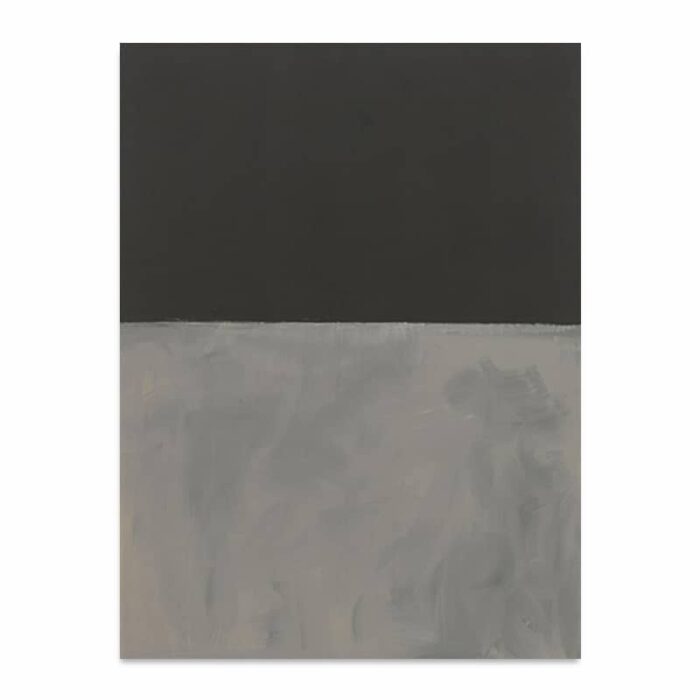
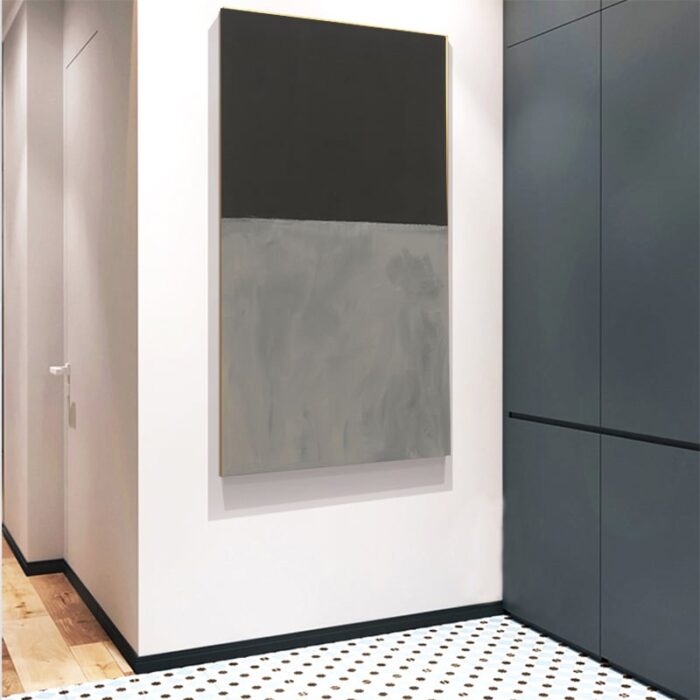
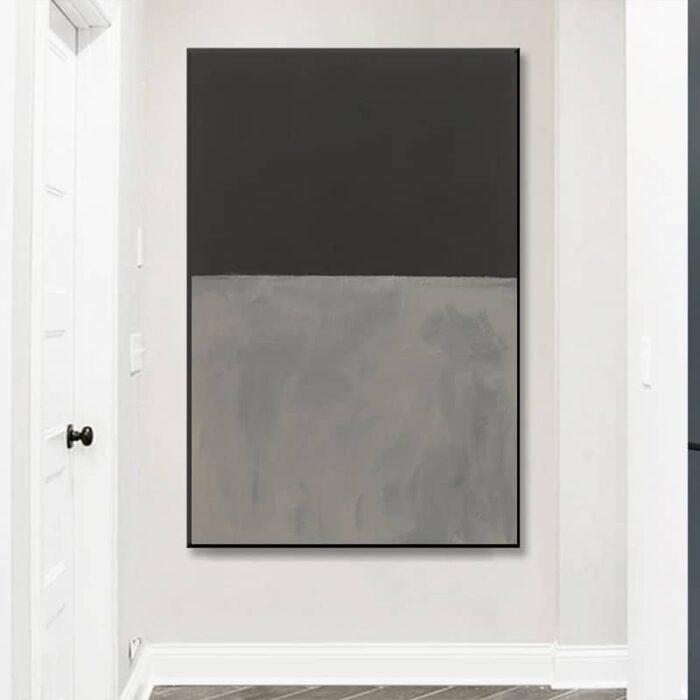
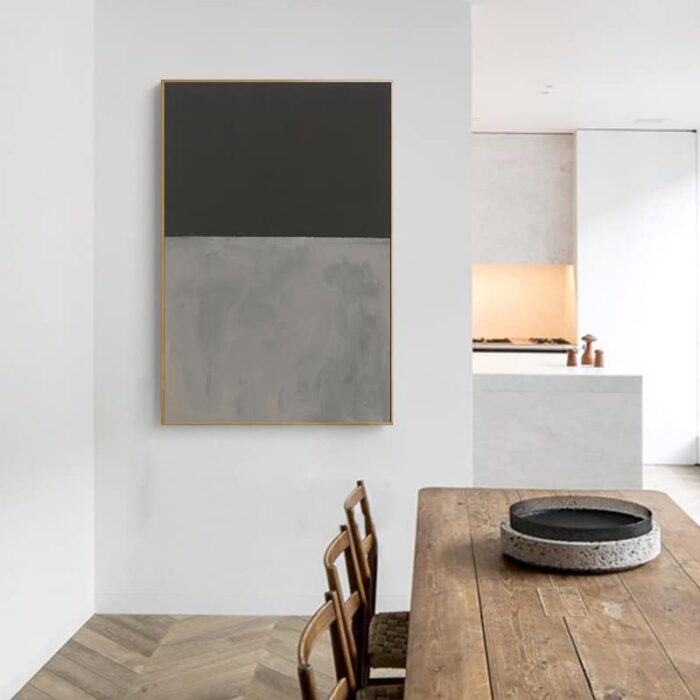
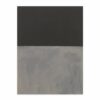


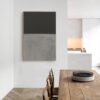
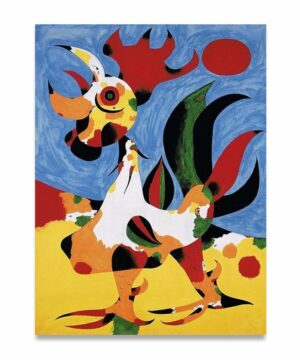
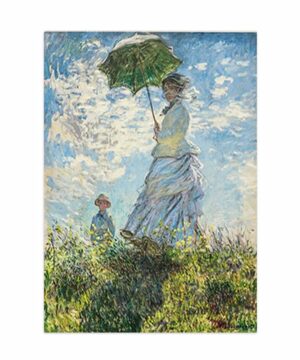
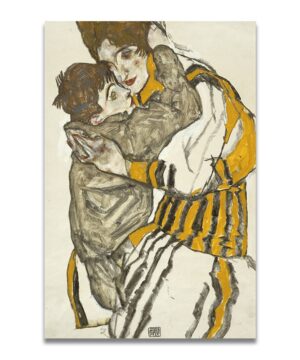
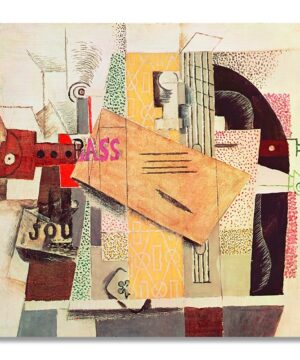
Reviews
There are no reviews yet.